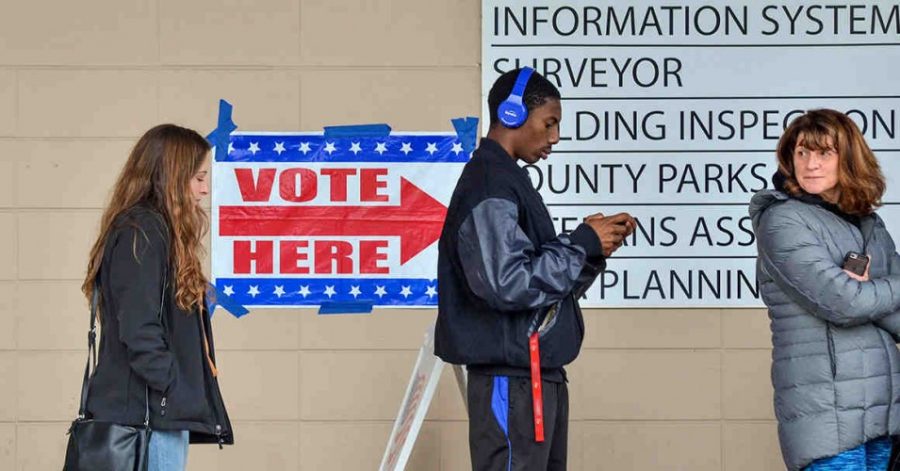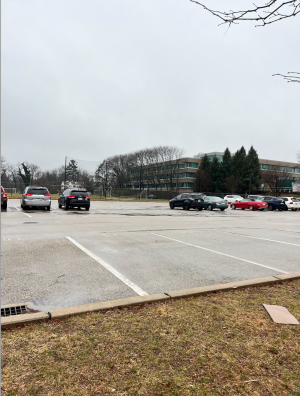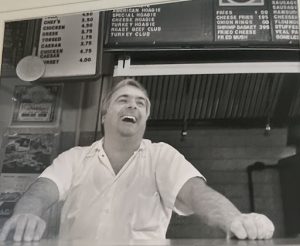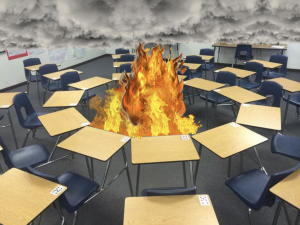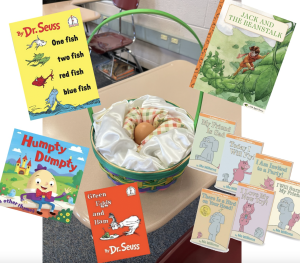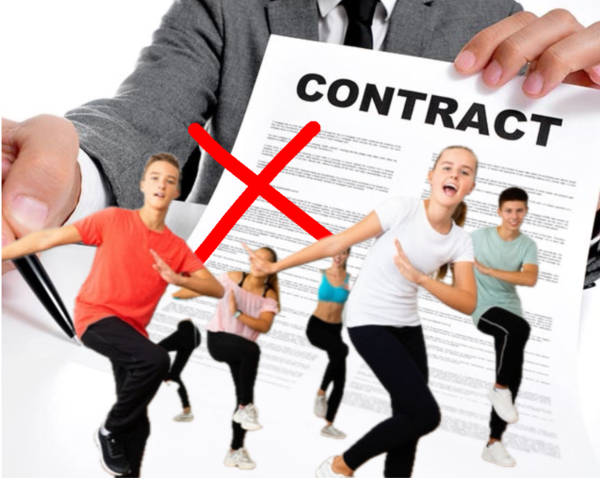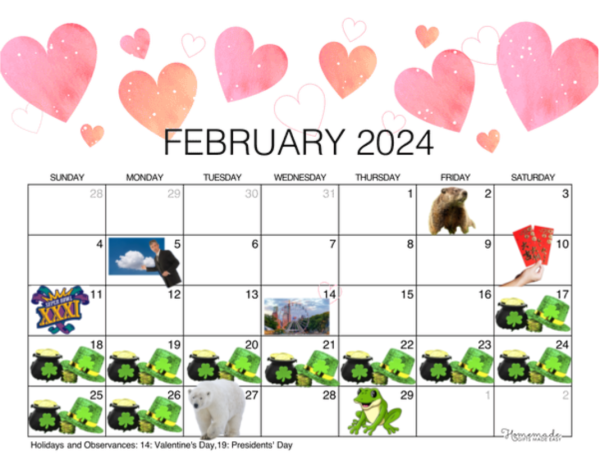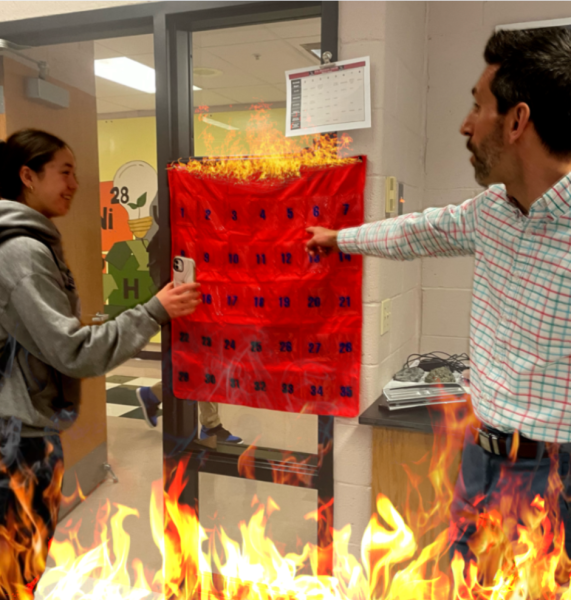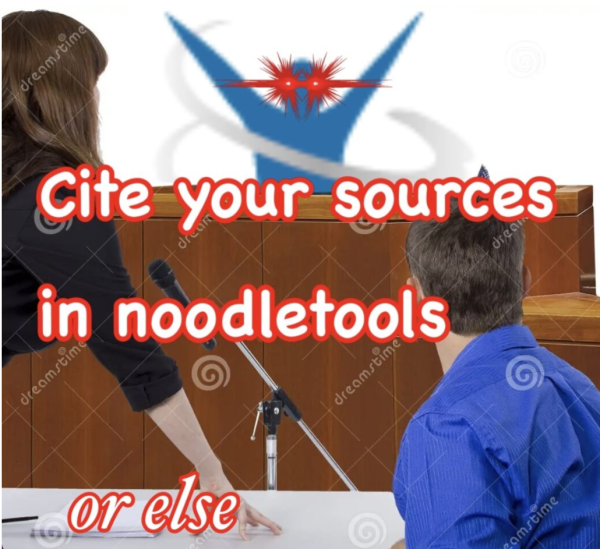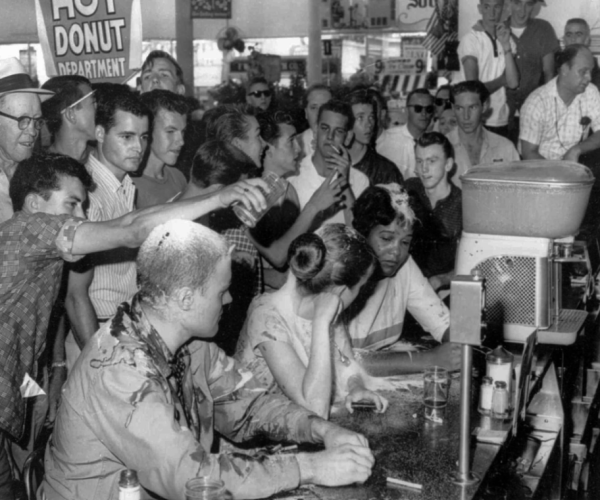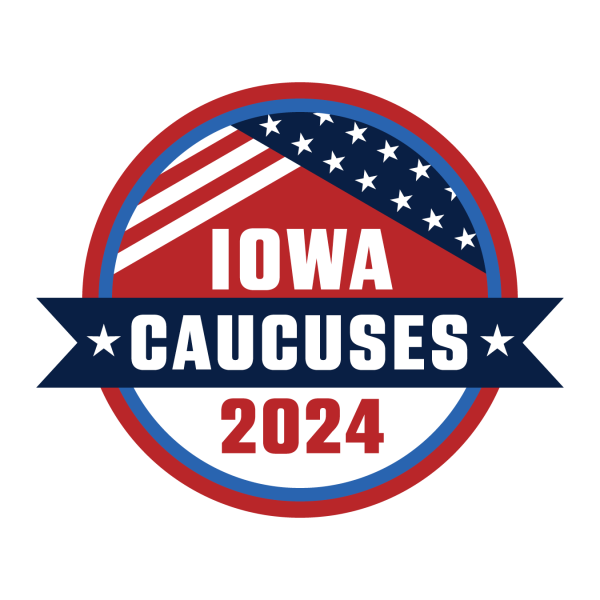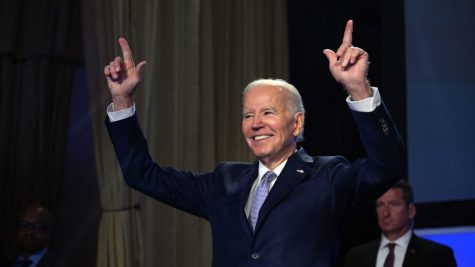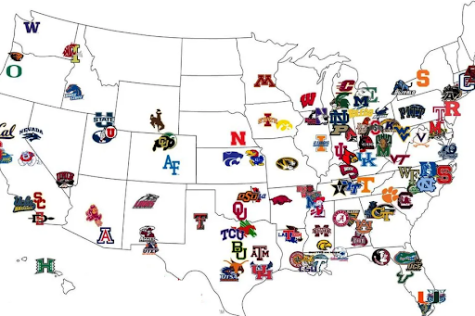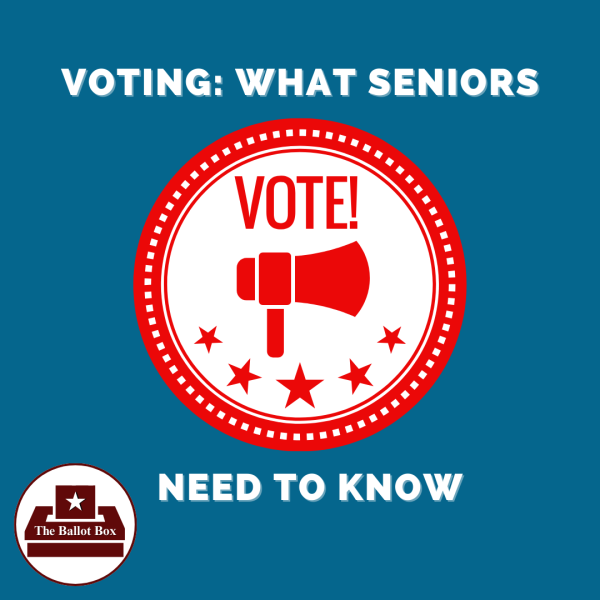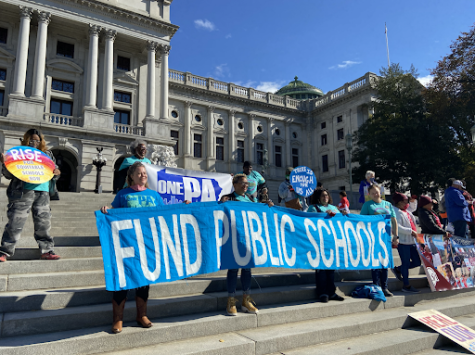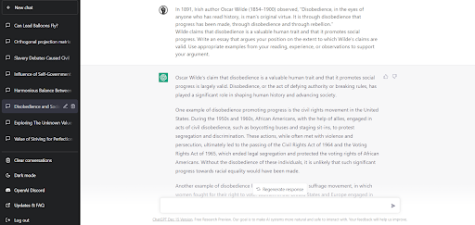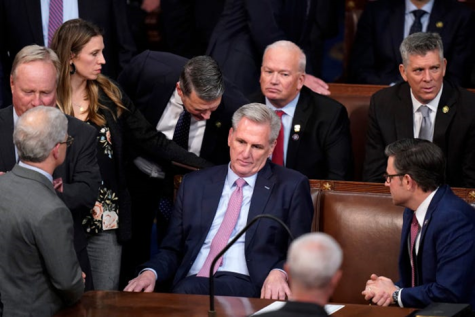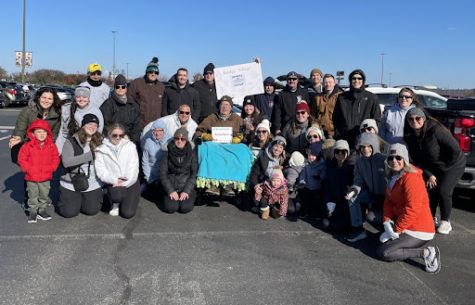Young Voters Should Not be Underestimated
September 22, 2020
This article was originally published in The Morning Call
Today, September 22nd is National Voter Registration Day. Across the country, and here in Pennsylvania, young voter participation has surged in recent elections. Nationally, according to the Tuft’s Center for Information & Research on Civic Learning and Engagement (CIRCLE), more than twice as many people ages 18-29 voted in 2018 compared to the 2014 midterm elections. Still, young people don’t vote nearly as reliably as older generations. This election offers the opportunity for progress. To harness the young generation’s excitement about participating in this year’s election, political candidates need to appeal to young voters, and give them proper instruction to follow through on Election Day.
Young voters in Pennsylvania have already built the foundation for a large youth voter turnout in November; in 2018, Pennsylvania became the first state in which registered voters under 34 outnumbered those ages 65 and older. Despite their successful registration efforts and significant voting power, political candidates often don’t tailor their campaigns to appeal to young voters.
Historically, young people have voted unreliably. However, the assumption that young voters won’t make it to the polls creates a vicious cycle. If politicians chose to tailor their campaigns to the historically more reliable voters, how will the younger generation become engaged by candidates enough to vote for them?
Another aspect of the problem is that college students are rarely targeted to answer polling surveys. Because these young voters aren’t included in the data, politicians often don’t bother targeting their campaigns towards college students. Even though many political debates are held on college campuses, students don’t feel like politicians are trying to appeal to them.
This election cycle, more than ever, it’s in the best interest of politicians and canvassers to designate more resources to engage young voters and ensure they have accurate voting information. Because of their past low turnout rate, targeting young demographics could allow candidates to reach large numbers of eligible voters that just need a push in the right direction ﹘ the low hanging voter fruit. This tactic could pay dividends, as, come November, people from the notoriously politically active Generation Z will make up one-tenth of all eligible voters.
In Pennsylvania, a swing state with 20 valuable electoral votes, young people will play a key role in determining who will be the next president.
 This year, during the pandemic and drastic changes to traditional election procedures, the greatest challenge of harnessing the power of young voters will be getting them accurate information. In a recent poll by CIRClE, a vast majority of young voters said that they believed their generation has the power to change the world. However, as the poll revealed, without accurate information, this enthusiasm does not transfer into votes, as one-third of poll respondents did not know if they could register to vote online in their state.
This year, during the pandemic and drastic changes to traditional election procedures, the greatest challenge of harnessing the power of young voters will be getting them accurate information. In a recent poll by CIRClE, a vast majority of young voters said that they believed their generation has the power to change the world. However, as the poll revealed, without accurate information, this enthusiasm does not transfer into votes, as one-third of poll respondents did not know if they could register to vote online in their state.
Even without the challenge of voting by mail, young voters often have to jump through more hoops to cast their ballots, like applying for absentee ballots when they’re living on campus or trying to register without a driver’s license. Since 2010, at least 25 states have passed new restrictions on voting. Mail-in voting systems, while they are a necessary safety measure, will add another layer of complexity to voting for everyone, but particularly young voters. With little to no prior voting experience, young people often lack proper information about voting and are the least likely to vote by mail or absentee ballot, preferring to vote in person.
In Pennsylvania, because of a voting reform bill passed in November of 2019, young voters are lucky enough to be a part of one of the most accommodating voting systems in the country ﹘ making them an easy demographic to encourage to vote-by-mail.
If canvassers provided young voters with the instruction they are eager to receive, the historically unreliable young generation could see a dramatic surge in voter turnout.
With just a nudge in the right direction, young voters in PA and across the country could become a powerful voting force that demands the attention of all political candidates. But, before that can happen, politicians and canvassers need to give them a chance.

